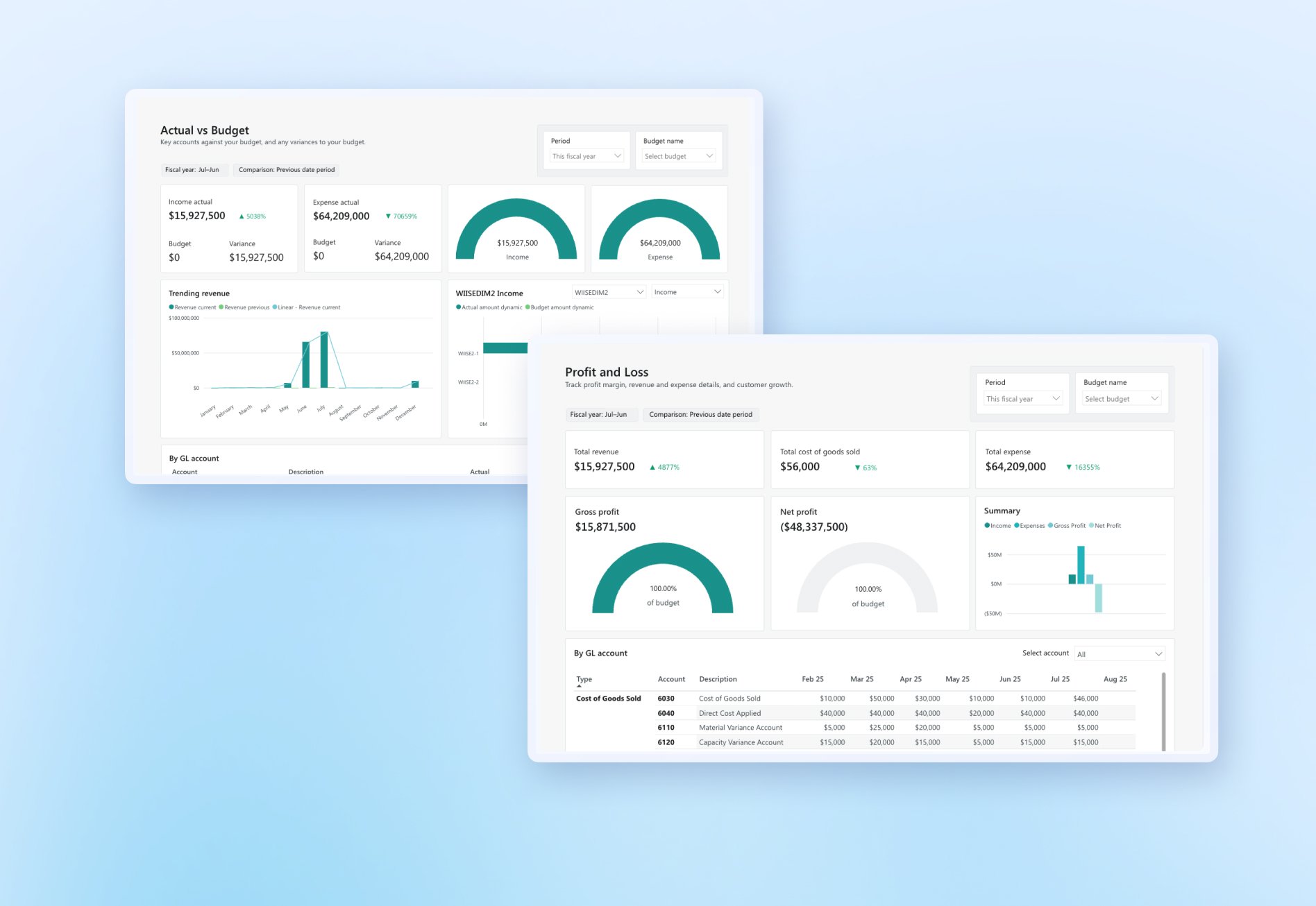Ecommerce can unlock new revenue streams and market reach — but without the right systems, it can also drain margins and damage customer trust. For distributors and manufacturers managing thousands of SKUs, complex pricing, and multi-channel fulfilment, inventory control is the difference between profitable growth and costly chaos.
Online demand is surging, but so are the risks. Overselling, stockouts, and rising inventory costs can quickly erode margins. Without robust systems, scaling ecommerce puts pressure on your warehouse, disrupts production schedules, and undermines customer confidence.
In this post, we’ll explore:
- How the Ecommerce boom is reshaping B2B sales
- The rise of B2B Ecommerce and what it means for your business
- Benefits of selling online for B2B businesses
- Why inventory control is critical for B2B Ecommerce
- Key challenges and how to overcome them
- Mastering order fulfilment: the key to B2B ecommerce suggestions
- How Wiise helps mid-market businesses stay competitive
How the Ecommerce boom is reshaping B2B sales
In March 2020, when COVID-19 measures closed physical stores, online sales skyrocketed. Overnight, ecommerce became the mainstream way to buy and sell—and when stores reopened, the shift proved permanent.
Four years later, online spend is still growing (up 5% from last year), and 67% of consumers say they shop differently compared to pre-pandemic. In Australia, ecommerce businesses have grown by more than 10% annually since 2020, with 87,288 online shopping businesses now operating nationwide.
The rise of B2B Ecommerce and what it means for your business
Australia’s ecommerce sector supports 152,000 jobs and contributes AU$18.47 billion to the economy—the third highest globally after the US and UK. And it’s not just B2C driving growth. McKinsey predicts online sales will account for 31% of total B2B sales by year-end.
“B2B businesses often have a smaller pool of potential customers than B2C businesses.
However, these customers are usually repeat buyers, since they tend to purchase the
same or similar products on a regular basis. For an ecommerce business selling B2B,
this repeat business can be a major source of revenue.”
– Brian Lim, founder and CEO of INTO THE AM
B2B customers differ from B2C in key ways:
- They buy in larger volumes and spend more per order
- They’re less likely to return products
- They’re more predictable and often repeat buyers
- They expect reliability and speed once they’ve placed an order
This makes B2B ecommerce a huge opportunity — but also a high-stakes game. Setting up an online store brings benefits like greater control over market share and closer customer relationships, but it also introduces operational complexity that many businesses underestimate.
The benefits of selling online for B2B businesses
Selling directly through your own website can be both rewarding and profitable.
Key advantages include:
- Customer convenience: 24/7 access from any device, opening new markets and remote locations.
- Lower overheads: Reduced costs compared to physical stores.
- Data-driven insights: Ecommerce platforms integrated with ERP unlock customer behaviour analytics for smarter decisions.
- Rapid growth: Easily expand product offerings and reach new markets without physical constraints.
- Faster time-to-market: Launch new products quickly without waiting for shelf space.
Example: Wiise customer SGESCO-MAX pivoted from servicing to manufacturing and launched a Shopify-connected online store within weeks — creating an entirely new revenue stream.
Why inventory control is critical to B2B Ecommerce
Inventory control isn’t just an operational detail – it’s the backbone of B2B ecommerce success. When customers place large, high-value orders and expect fast fulfilment, even small errors can lead to stockouts, overselling, and costly delays.
Poor inventory management can:
• Tie up capital in excess stock
• Cause missed delivery deadlines
• Damage customer trust and repeat business
Accurate, real-time inventory visibility ensures you meet demand without overcommitting resources. It also enables better forecasting, smarter purchasing, and efficient order fulfilment – all critical for scaling ecommerce profitably.
Key challenges in B2B ecommerce (and how to overcome them)
- Higher customer expectations
Despite B2B buyers often needing approvals and POs before purchasing, their expectations after checkout mirror those of B2C customers. Same-day or 24-hour fulfilment is now the benchmark, driven by large online retailers. Meeting these expectations without upgrading operations and inventory management can lead to delays and lost trust.
How to overcome it: Integrate your ecommerce platform with ERP to automate order processing and streamline fulfilment workflows. - Greater risks of overstocking and overselling
When customers can buy at scale and at any time, managing stock becomes complex. Overstocking ties up capital, while overselling damages credibility and customer relationships.
How to overcome it: Real-time inventory visibility and automated alerts through ERP help maintain optimal stock levels and prevent costly errors. - Scalability under pressure
Rapid growth is exciting, but without scalable systems, it can overwhelm your operations. An online storefront opens new opportunities, but it doesn’t guarantee your processes can keep up. Pro Seafoods faced this challenge before implementing Wiise ERP, which supported a 400% increase in customers.
How to overcome it: Use ERP to centralise data, standardise workflows, and handle multi-channel orders efficiently. - Logistics, distribution and warehouse visibility
Selling online puts your existing systems to the test. Knowing exactly where each item is in your warehouse or during shipping is critical for efficiency and customer satisfaction. Manual processes can’t keep pace with fluctuating demand.
How to overcome it: Mobile warehouse tools and automated stock movements ensure accuracy and agility across your supply chain.
Mastering Order fulfilment – the key to B2B ecommerce success
Selling online is one thing - getting products to customers on time is another. For B2B businesses, fulfilment is mission-critical because your service levels directly impact your customers’ ability to serve theirs.
Best practices include:
- Integrated systems for front-end and back-end visibility
- Automated order processing to reduce errors and speed up turnaround
- Strategic picking and packing supported by mobile warehouse tools
How Wiise helps mid-market businesses stay competitive
Wiise ERP is designed for growing, inventory-based business, providing all the functionality you need to support ecommerce success:
- Connecting front and back of shop: A well-run shop requires good communication from the front and back ends – this is the same for bricks-and-mortar stores as well as online. Wiise ERP is a highly flexible platform that can easily integrate with most leading ecommerce and point-of-sales (POS) systems, including a native Shopify connector that provides easy and seamless integration between your store front and order fulfilment processes.
- Order management: Orders can come from various channels, including your ecommerce website, online marketplaces, like Amazon or eBay, or offline channels, like phone or in-person sales. Ensuring that these orders are entered into your order management system, quickly and accurately, can have a major impact on customer satisfaction – and revenue. Wiise automates processing across multiple channels for faster fulfilment.
- Inventory control: Wiise inventory management gives you an exact view of where your stock is (and how much of it you have), in real time. With the ability to track serials, batches and locations, break stock into smaller units, and real-time transactions, you’ll never lose a customer order. And with automated alerts, you’ll always keep your bestselling products in stock.
- Warehouse efficiency: Wiise is built for warehousing and distribution, with features like serial, batch and expiry tracking, streamlined stocktakes, and real-time visibility. Our Warehouse OnTime app gives managers on the floor instant access to stock movements, ensuring accuracy and speed. Plus, Wiise integrates seamlessly with leading warehouse management solutions such as Tasklet, delivering a connected, efficient workflow from shelf to shipment.
Example: Terra Mater Floors cut fulfilment turnaround from 72 to 24 hours and increased monthly orders by 82% after implementing Wiise ERP.
Time to upgrade your ecommerce operations?
Ecommerce is a highly competitive space. Wiise ERP can help your business to lower overheads, speed up customer order fulfilment and increase online revenue.
Speak to one of our friendly Wiise team members to find out more, or read more about Wiise inventory management features here:



